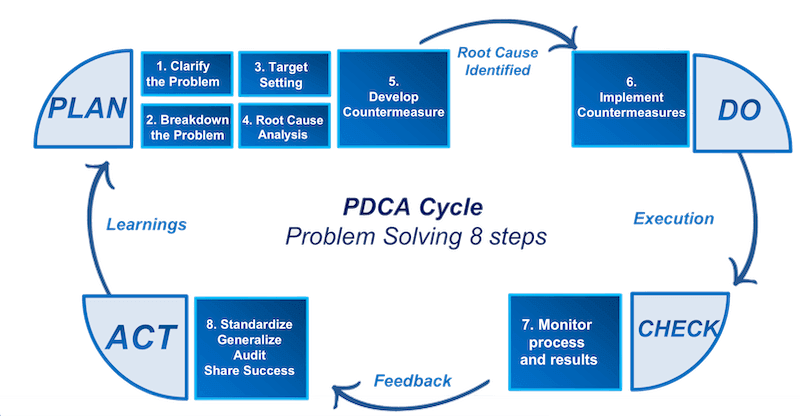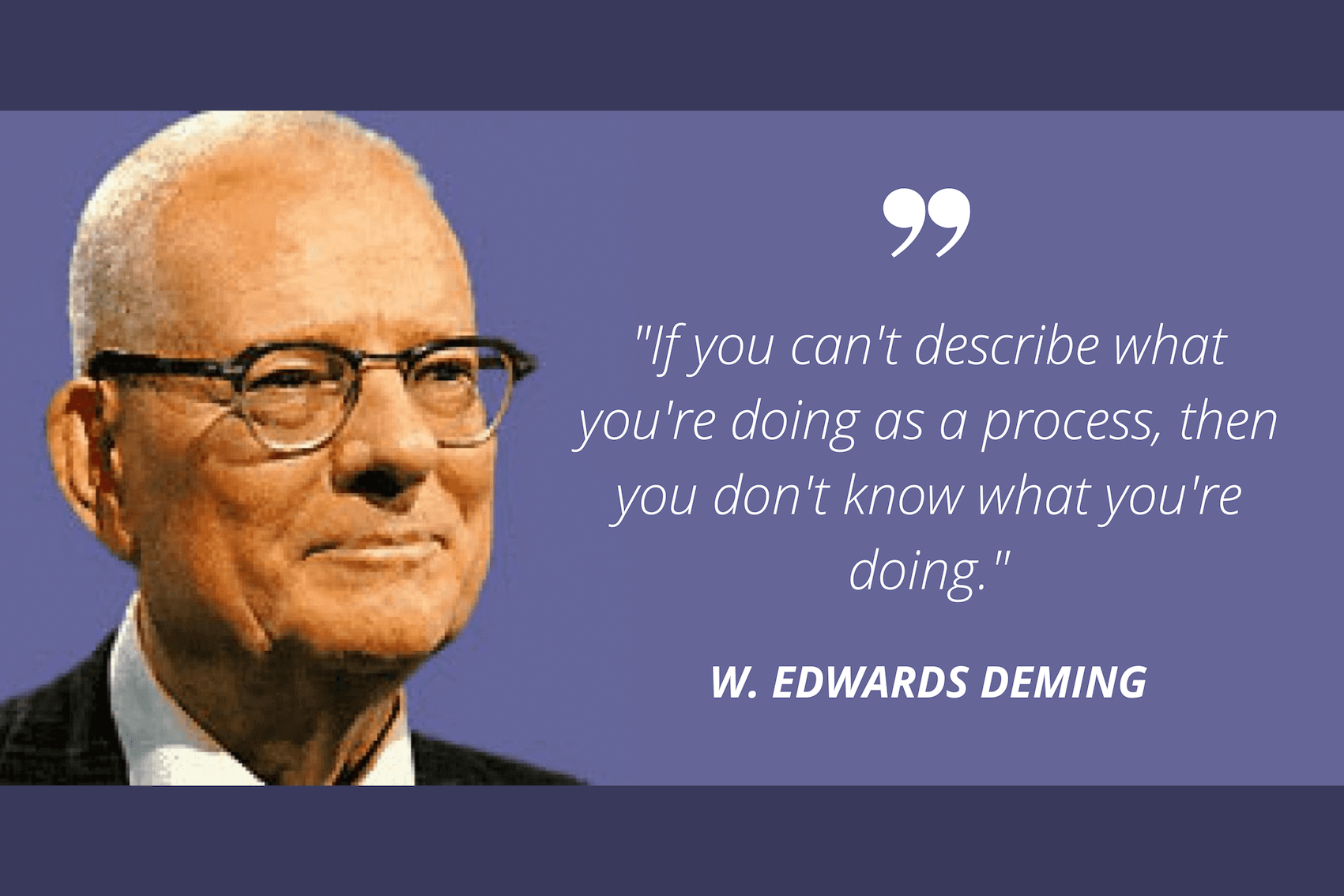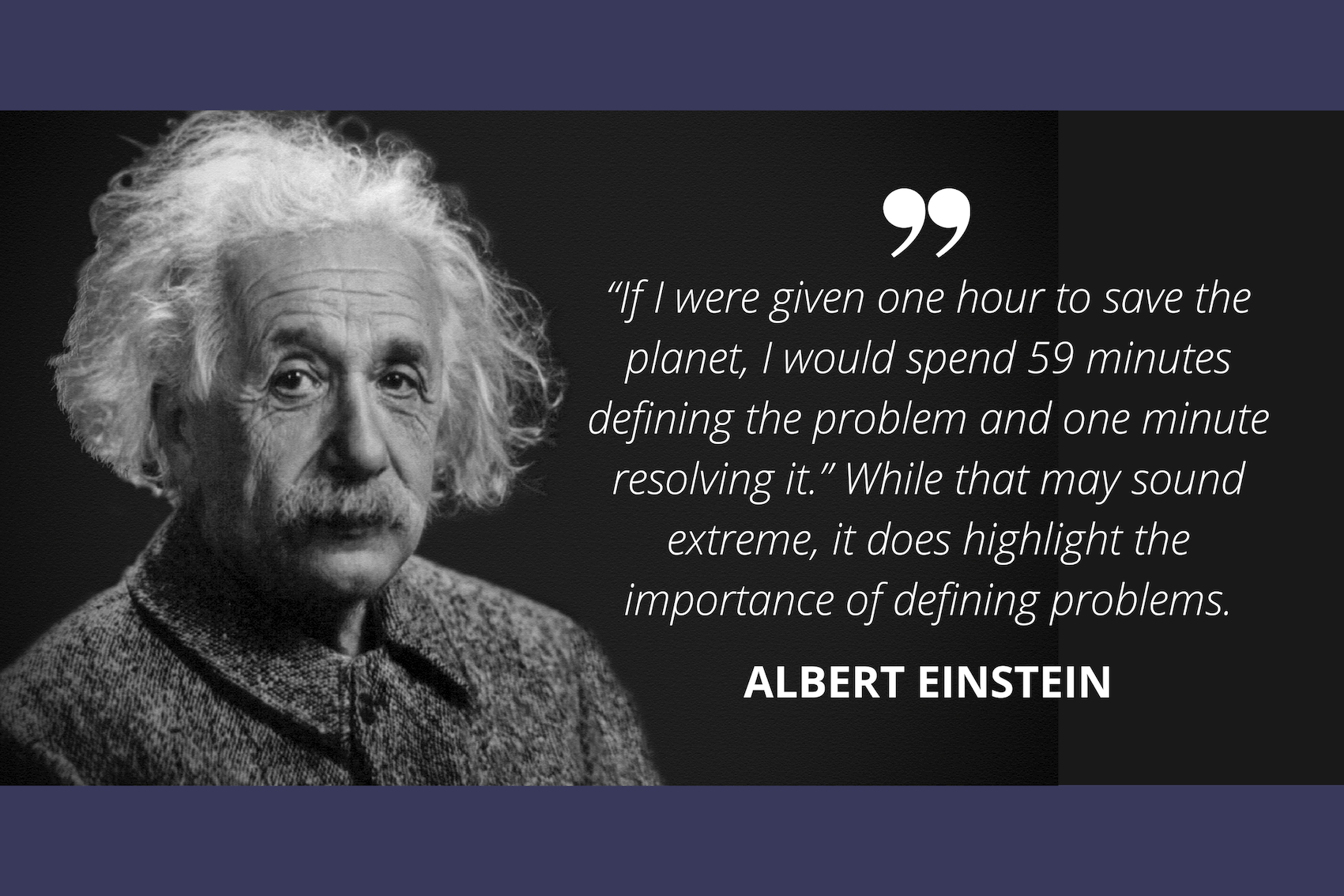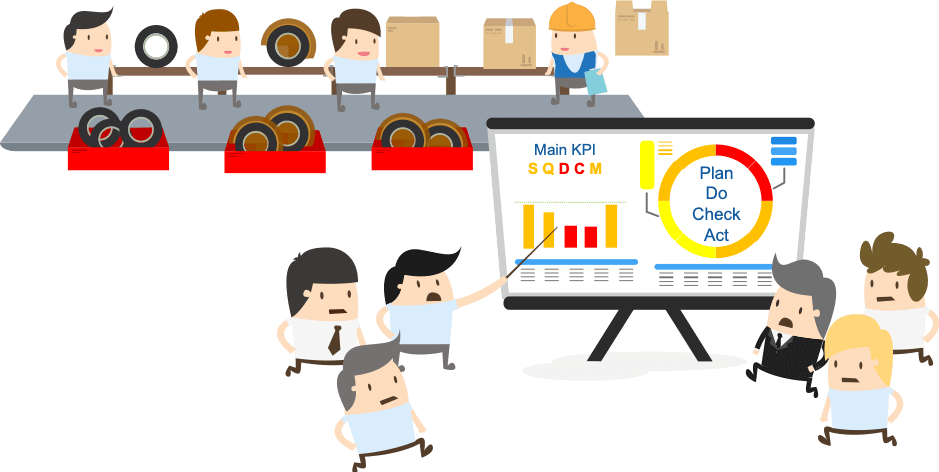1. Introduction to PDCA (Plan Do Check Act)
As a leader, you always look for ways to improve your organization’s performance. One powerful concept that can help you achieve this is the PDCA (Plan Do Check Act) cycle. This methodology is widely used in various industries and helps businesses identify and solve problems effectively.
PDCA is an approach that involves four stages: planning, doing, checking, and acting. This approach, also known as the Deming Cycle, was named after W. Edwards Deming, an American statistician and quality control expert who played a significant role in Japan’s post-World War II economic recovery.

2. The Origins of PDCA: The Deming Cycle
Deming’s philosophy was that continuous quality improvement was the key to business success. He believed quality should be built into the product or service from the start rather than inspected afterward. Deming’s approach was based on the idea that quality is not an outcome but a process that needs to be continuously monitored and improved.
Deming’s ideas were adopted by Japanese manufacturers, who used them to improve their products’ quality and gain a competitive edge in the global market. The Deming Cycle, also known as the PDCA cycle, became a cornerstone of the Japanese manufacturing philosophy and was later adopted by businesses worldwide.

3. Understanding the PDCA Cycle
The PDCA cycle is a continuous improvement process that involves four stages: Plan, Do, Check, and Act.
The first stage, Plan, involves identifying the problem, defining the goals, and developing a plan to solve the problem. In this stage, gathering data and finding the root cause of the problem will be critical to creating a practical solution or just a temporary pain killer.

The second stage, Do, involves implementing the plan developed in the first stage. This stage is where the solution is put into action. It is crucial to ensure that the implementation process is carried out correctly and that the solution addresses the root cause of the problem.
The third stage Check, involves monitoring and evaluating the results of the solution implemented in the second stage. In this stage, it is essential to measure the solution’s effectiveness and determine if it has addressed the root cause of the problem.
The fourth stage, Act, involves taking action based on the results obtained in the Check stage. If the solution is found to be effective, it can be standardized and implemented across the organization. If the solution is not effective, the process returns to the Plan stage, and the cycle repeats.
4. Benefits of Using PDCA for Problem-Solving
The PDCA cycle has many benefits for organizations that use it for problem-solving. Some of the benefits include:
- Continuous improvement: The PDCA cycle is an ongoing improvement process that helps organizations identify and solve problems effectively.
- Cost savings: By identifying and solving problems, organizations can reduce costs associated with poor quality, waste, and rework.
- Improved efficiency: The PDCA cycle helps organizations streamline processes and identify areas for improvement, leading to increased efficiency.
- Enhanced customer satisfaction: By improving the quality of products or services, organizations can increase customer satisfaction and loyalty.
- People Development: perhaps the biggest benefit is develop the scientific thinking in your team, so they can approach any business challenge with confidence they will get where they need to be.

5. The A3 Problem-Solving Methodology
The A3 problem-solving methodology is a structured problem-solving approach using the PDCA cycle. The “A3 method” is named after Toyotas’ approach to use A3 sized paper to document the problem-solving process, which provides enough space to write the entire problem-solving process.
The A3 problem-solving methodology involves the following steps:
- Identify the problem: Clearly state the problem and its impact on the organization.
- Analyze the problem: Use data to analyze the root cause of the problem.
- Develop countermeasures: Develop a solution that addresses the root cause of the problem.
- Implement the solution: Implement the solution as fast as possible, reporting,consulting and updating (HoRenSo) all stakeholders
- Monitor its effectiveness: Track the effects of the countermeasures and their impact on the process and the people involved.
- Standardize the solution: If the solution is effective, standardize it and sh across the organization.
6. Common Challenges When Implementing PDCA
Implementing the PDCA cycle in an organization can be challenging. Some common challenges include:
- Resistance to change: Employees may resist changes to existing processes and procedures.
- Lack of resources: Implementing the PDCA cycle requires resources, including time, money, and personnel.
- Inadequate data: The PDCA cycle uses data to identify and solve problems effectively. Without adequate data, the process may be ineffective.
7. Tips for Effective PDCA Implementation
To implement the PDCA cycle effectively, consider the following tips:
- Gain buy-in from employees: Involve employees in the process and communicate the benefits of using PDCA for problem-solving.
- Allocate resources: Ensure that you have the necessary resources, including time, money, and personnel, to implement the PDCA cycle effectively.
- Collect and analyze data: Collect data to identify the root cause of the problem and analyze it to develop an effective solution.
- Implement solutions: Implement solutions that address the root cause of the problem effectively.
- Monitor and evaluate: Monitor and evaluate the solution’s effectiveness and take action based on the results obtained.
8. Resources for Learning and Implementing PDCA in Your Organization
Many resources are available for learning and implementing the PDCA cycle in your organization. Some of these resources include:
- PDCA training courses: Many training courses are available to help employees learn about the PDCA cycle and how to implement it effectively.
- PDCA software: Many software programs are available that can help organizations implement the PDCA cycle effectively.
Books and articles: Many books and articles are available that provide information
Conclusion: The Importance of Using PDCA for Business Success
In conclusion, the PDCA cycle is a robust framework for solving problems and improving organizational performance. By following the four stages of the PDCA cycle, organizations can identify and solve problems effectively, leading to increased efficiency, reduced costs, and improved customer satisfaction. While implementing the PDCA cycle may be challenging, the benefits are well worth the effort. Organizations can stay competitive in today’s ever-changing business environment by continuously improving their processes and products.
If you want to know more about how to deploy the PDCA approach, we invite you to join our Problem-Solving Workshop.





